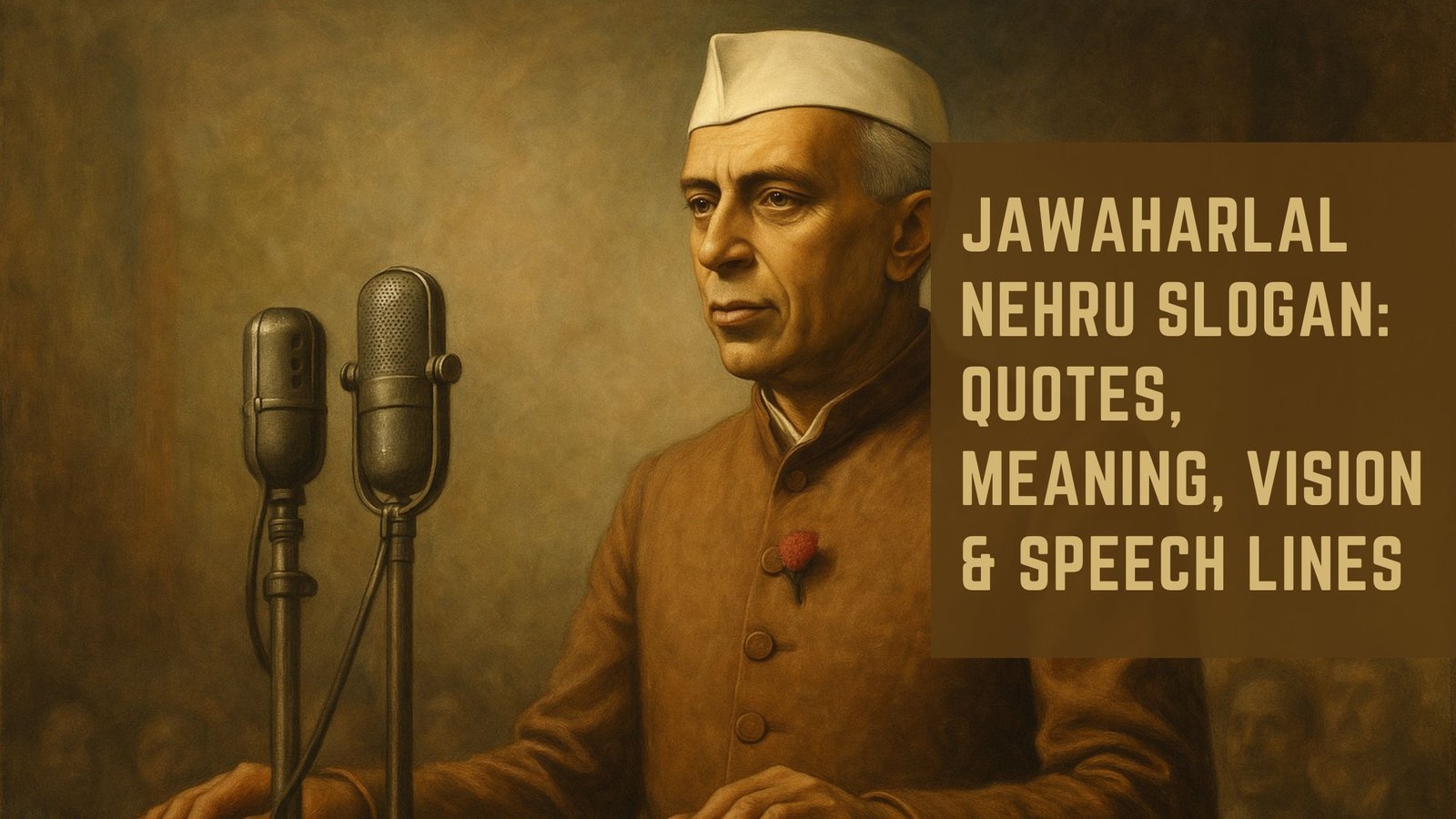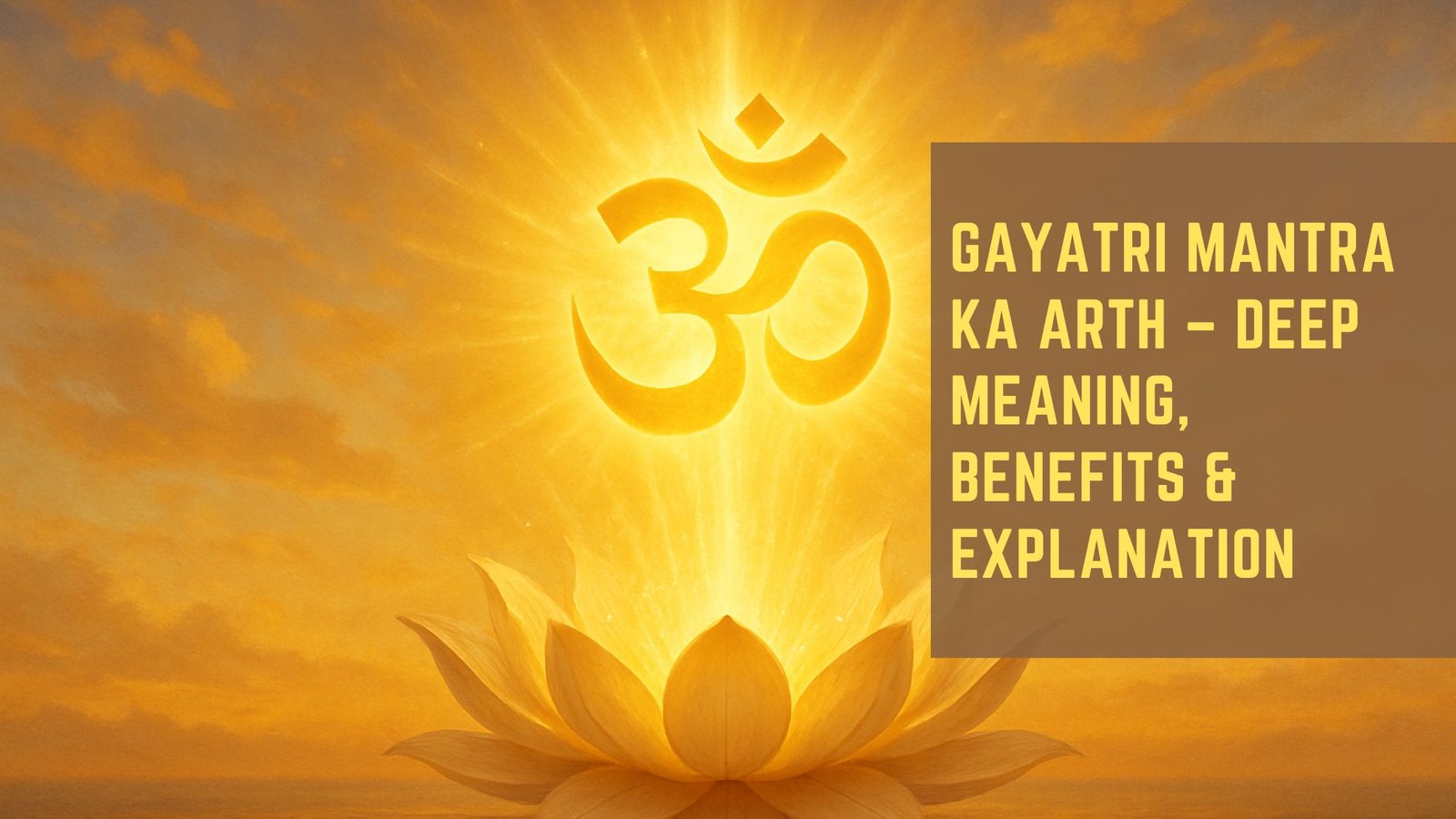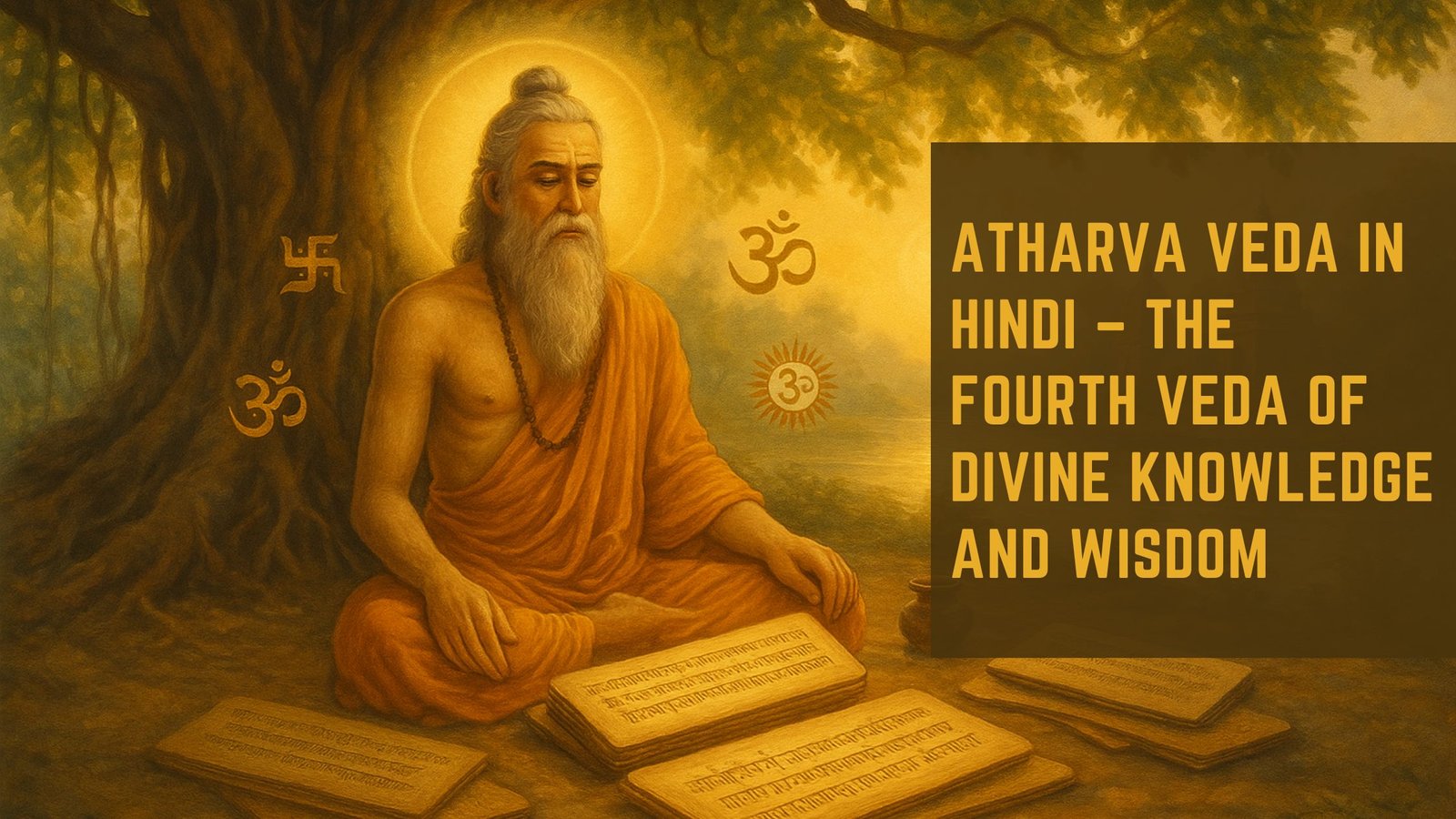The Bhagavad Gita, often referred to simply as the Gita, is a 700-verse Hindu scripture that is part of the Indian epic Mahabharata. It is a dialogue between Prince Arjuna and Lord Krishna, who serves as his charioteer. This sacred text is not merely a religious scripture; it is a philosophical treatise that addresses the moral and ethical dilemmas faced by individuals.
The Gita has transcended its historical and cultural origins, becoming a universal guide for those seeking wisdom and understanding in their lives. Its teachings resonate with people from various backgrounds, offering insights into the nature of existence, duty, and the pursuit of happiness. The context of the Gita is set on the battlefield of Kurukshetra, where Arjuna is torn between his duty as a warrior and his moral qualms about fighting against his own kin.
This internal conflict serves as a powerful metaphor for the struggles that individuals face in their own lives. The Gita’s teachings encourage readers to confront their dilemmas with courage and clarity, making it a timeless source of guidance. As society continues to evolve, the relevance of the Gita remains steadfast, providing a framework for understanding the complexities of human experience.
Key Takeaways
- The Bhagavad Gita is a sacred Hindu scripture that is part of the Indian epic Mahabharata, and it is a conversation between Prince Arjuna and the god Krishna.
- The core teachings of the Bhagavad Gita emphasize the concepts of duty, righteousness, and the path to spiritual enlightenment through selfless action and devotion to God.
- In modern life, the Bhagavad Gita can be applied by finding balance between work and personal life, practicing mindfulness, and making decisions based on duty and righteousness.
- The Bhagavad Gita teaches that inner peace and balance can be achieved through self-discipline, detachment from the fruits of actions, and surrendering to the divine will.
- By following the teachings of the Bhagavad Gita, individuals can overcome challenges and obstacles by staying focused on their duty, maintaining a positive mindset, and trusting in the divine plan.
- The Bhagavad Gita helps individuals find purpose and meaning in life by guiding them to discover their true selves, fulfill their duties, and live in harmony with the universe.
- Cultivating mindfulness and self-awareness with the Bhagavad Gita involves practicing meditation, self-reflection, and being conscious of one’s thoughts, actions, and emotions.
- In conclusion, the Bhagavad Gita remains relevant in today’s world by offering timeless wisdom that can guide individuals to lead a balanced, purposeful, and meaningful life.
Understanding the core teachings of the Bhagavad Gita
Introduction to Dharma
One of the most significant concepts introduced in the Gita is the idea of Dharma, or duty. According to Krishna, every individual has a unique role to play in life, and fulfilling one’s responsibilities is crucial. This notion of duty extends beyond mere obligation; it encompasses the idea of acting in accordance with one’s true nature and purpose.
The Concept of Yoga
Another fundamental teaching of the Gita is the concept of Yoga, which refers to the paths of spiritual practice that lead to self-realization.
Each path offers a different approach to achieving inner peace and enlightenment.
Attaining Inner Peace and Enlightenment
The Gita teaches that regardless of one’s chosen path, the ultimate goal is to attain union with the divine and realize one’s true self. By understanding and embracing their Dharma, individuals can find fulfillment and contribute positively to society. This multifaceted approach allows individuals to find a spiritual practice that resonates with them personally, ultimately leading to a deeper understanding of themselves and the world around them.
Applying the Bhagavad Gita in modern life

In today’s fast-paced world, the teachings of the Bhagavad Gita can be applied in numerous ways to enhance personal well-being and foster resilience. One practical application is in decision-making processes. The Gita encourages individuals to reflect on their choices through the lens of Dharma, prompting them to consider not only their desires but also their responsibilities to others.
By integrating this perspective into daily life, individuals can make more informed and ethical decisions that align with their values. Moreover, the principles of Karma Yoga can be particularly beneficial in modern workplaces. The Gita advocates for selfless action without attachment to outcomes, which can alleviate stress and anxiety associated with performance pressures.
By focusing on the process rather than solely on results, individuals can cultivate a sense of purpose in their work and foster a more collaborative environment. This shift in mindset can lead to greater job satisfaction and improved relationships among colleagues.
Finding inner peace and balance through the Bhagavad Gita
| Metrics | Data |
|---|---|
| Chapters in the Bhagavad Gita | 18 |
| Main themes | Duty (Dharma), righteousness, selflessness, and devotion |
| Key teachings | Yoga of knowledge, yoga of devotion, and yoga of selfless action |
| Methods for finding inner peace | Meditation, self-reflection, and detachment from outcomes |
| Impact | Guidance for leading a balanced and fulfilling life |
The pursuit of inner peace is a universal aspiration, and the Bhagavad Gita offers profound insights into achieving this state of tranquility. One key teaching is the importance of detachment from material possessions and outcomes. Krishna advises Arjuna to perform his duties without being overly attached to success or failure.
This principle encourages individuals to cultivate a sense of equanimity amidst life’s ups and downs. By practicing detachment, one can navigate challenges with grace and maintain a balanced perspective. Additionally, meditation and mindfulness are integral components of the Gita’s teachings.
The text emphasizes the significance of self-awareness and introspection as tools for personal growth. By engaging in regular meditation practices, individuals can quiet their minds, connect with their inner selves, and foster a deeper understanding of their thoughts and emotions. This heightened self-awareness not only promotes inner peace but also enhances one’s ability to respond thoughtfully to external circumstances.
Overcoming challenges and obstacles with the teachings of the Bhagavad Gita
Life is replete with challenges, and the Bhagavad Gita provides valuable guidance on how to confront these obstacles with resilience and strength. One of the most empowering messages from Krishna is that adversity is an inherent part of life. Rather than shying away from difficulties, individuals are encouraged to face them head-on with courage and determination.
The Gita teaches that challenges can serve as opportunities for growth and self-discovery. Furthermore, the concept of surrendering to a higher power is emphasized throughout the text. Krishna advises Arjuna to relinquish his ego-driven desires and trust in divine guidance.
This act of surrender does not imply passivity; rather, it encourages individuals to take action while remaining open to the unfolding of life’s greater plan. By embracing this mindset, individuals can find strength in vulnerability and navigate challenges with a sense of purpose.
Finding purpose and meaning in life through the Bhagavad Gita

Discovering One’s True Calling
The Bhagavad Gita provides guidance on how to uncover one’s true purpose in life. It suggests that individuals should reflect on their values, passions, and strengths to identify their unique calling. By doing so, they can embark on a path that brings them a sense of purpose and direction.
The Power of Selfless Service
Moreover, the Gita teaches that true purpose is found in selfless service to others. Engaging in acts of kindness and compassion not only enriches one’s own life but also fosters a sense of interconnectedness with humanity. This perspective encourages individuals to look beyond themselves and recognize their role in contributing to a more harmonious world.
Cultivating a Sense of Fulfillment
By embracing this sense of purpose, individuals can experience profound joy and satisfaction in their lives. As they align their actions with their values and passions, they can cultivate a sense of fulfillment that goes beyond material success. This, in turn, can lead to a more meaningful and purpose-driven life.
Embracing a Life of Purpose
Ultimately, the Bhagavad Gita offers a profound message about the importance of living a life of purpose.
Cultivating mindfulness and self-awareness with the Bhagavad Gita
Mindfulness and self-awareness are essential components of personal development, and the Bhagavad Gita provides valuable tools for cultivating these qualities. The text encourages individuals to engage in self-reflection and introspection as a means of understanding their thoughts, emotions, and motivations. By developing this awareness, individuals can identify patterns in their behavior that may hinder their growth.
Additionally, the practice of mindfulness can be integrated into daily activities through conscious living. The Gita advocates for being fully present in each moment, whether it be during work, relationships, or personal pursuits. By focusing on the here and now, individuals can enhance their experiences and foster deeper connections with themselves and others.
This practice not only promotes mental clarity but also nurtures emotional well-being.
The relevance of the Bhagavad Gita in today’s world
In an era marked by rapid change and uncertainty, the teachings of the Bhagavad Gita remain profoundly relevant. Its timeless wisdom offers guidance on navigating life’s complexities while fostering personal growth and spiritual development. The principles outlined in the Gita encourage individuals to embrace their responsibilities, cultivate mindfulness, and seek inner peace amidst external chaos.
As people continue to grapple with existential questions about purpose and meaning, the Gita serves as a beacon of hope and inspiration. Its teachings remind individuals that they are not alone in their struggles; rather, they are part of a larger tapestry of human experience. By integrating the wisdom of the Bhagavad Gita into their lives, individuals can embark on a transformative journey toward self-discovery, resilience, and fulfillment in an ever-evolving world.
The Bhagavad Gita, an ancient Indian scripture, continues to hold immense relevance in today’s world. It offers timeless wisdom and guidance on how to navigate the complexities of life. In a recent article titled “Life Lessons from the Gita: Ancient Wisdom for Today” on









